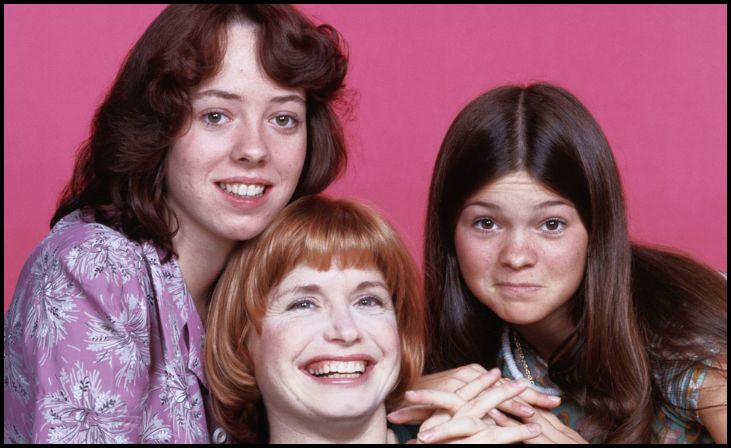Elton John is a legendary figure in the music world, known for his flamboyant style, captivating performances, and an impressive catalog of hits that have defined pop music for decades. However, beyond the iconic songs that everyone knows, there are many underrated gems in his discography that deserve more attention. Let’s dive into eight of these lesser-known tracks that showcase the breadth and depth of Elton John’s musical genius.
“Blues For My Baby and Me” (1973)
Background and Context “Blues For My Baby and Me” is a track from Elton John’s 1973 album “Don’t Shoot Me I’m Only the Piano Player.” This song, featuring the lush string arrangements of Paul Buckmaster and the distinctive guitar/sitar work of Davey Johnstone, captures a wistful and romantic vibe that stands out in his early ’70s repertoire.
Unique Musical Elements The song is a perfect blend of blues and rock, showcasing John’s ability to transcend genres. The use of strings adds a rich texture, while Johnstone’s guitar brings a unique flair that complements John’s soulful piano playing and emotive vocals.
Critical Reception While not a chart-topping hit, “Blues For My Baby and Me” has been appreciated by fans and critics for its depth and musical complexity. It’s a testament to John’s versatility and knack for storytelling through music.
“One Day at a Time” (1974)

Collaboration with John Lennon Elton John’s 1974 rendition of John Lennon’s “One Day at a Time” is a beautiful interpretation of the original. Lennon himself provided background harmonies, adding an extra layer of authenticity and magic to the track.
Interpretation of Lennon’s Original John’s version transforms Lennon’s mellow and introspective tune into a more upbeat and melodic piece, demonstrating his talent for reimagining songs while retaining their core emotional essence.
Reception and Significance Though not as famous as some of his other covers, “One Day at a Time” showcases John’s respect for his peers and his ability to breathe new life into their work. It’s a delightful piece that fans of both John and Lennon should not overlook.
“The North” (1992)
Co-Writing with Bernie Taupin “The North,” co-written by John and his longtime collaborator Bernie Taupin, is a standout track from the 1992 album “The One.” This song is a reflective piece that delves into themes of memory, loss, and the passage of time.
Themes and Lyrics Taupin’s poignant lyrics paint a vivid picture of nostalgia and longing, while John’s haunting melody underscores the song’s emotional depth. It’s a moving piece that resonates with anyone who has ever reminisced about the past.
Placement in “The One” Album “The North” may not have been a single, but it holds a special place in “The One” album, offering a moment of introspection amidst the more commercially-oriented tracks. It’s a hidden gem that enriches the album’s overall narrative.
“Don’t Let The Sun Go Down On Me” (1991)
History and Creation Originally released in 1974, “Don’t Let The Sun Go Down On Me” found new life in 1991 when Elton John performed it live with George Michael. This version became a massive hit, topping the charts and cementing its place as one of John’s most beloved songs.
Live Performances and Duet with George Michael The live duet with George Michael at the 1991 Concert of Hope was a defining moment for the song. Their chemistry and powerful vocal performances brought a new dimension to the track, making it an instant classic.
Chart Success and Impact The 1991 live version of “Don’t Let The Sun Go Down On Me” topped the charts in multiple countries and remains a fan favorite. Its success highlights John’s enduring appeal and his ability to connect with audiences across generations.
“Mona Lisas and Mad Hatters” (1972)

Inspiration and Lyrical Content Inspired by the song “Spanish Harlem” by Phil Spector and Jerry Leiber, “Mona Lisas and Mad Hatters” is a deeply personal song for Elton John. It reflects on the duality of life in New York City, capturing both its beauty and harsh realities.
Phil Spector and Jerry Leiber’s Influence The song’s influence from “Spanish Harlem” is evident in its lyrical and melodic structure. John’s rendition, however, adds his unique touch, blending heartfelt lyrics with a soulful melody.
Rolling Stone’s Praise “Mona Lisas and Mad Hatters” has received high praise from critics, including Rolling Stone, for its introspective lyrics and hauntingly beautiful composition. It’s a testament to John’s songwriting prowess and emotional depth.
“Chameleon” (1976)
Album Context “Chameleon” is a track from Elton John’s 1976 album “Blue Moves,” an album that marked a departure from his earlier, more commercial work. This song stands out for its introspective lyrics and softer, more contemplative tone.
Backing Vocals by Bruce Johnston and Toni Tennille The song features backing vocals by Bruce Johnston of The Beach Boys and Toni Tennille, adding a rich, harmonious layer to the track. Their contributions enhance the song’s soothing and reflective quality.
Analysis of Musical Style “Chameleon” blends elements of soft rock and pop, with a focus on melody and harmony. It’s a subtle yet powerful song that showcases John’s ability to convey deep emotions through his music.
“Holiday Inn”
Original Composition and Live Performance “Holiday Inn” is a charming track that captures the essence of life on the road. Originally featuring a verse that was later scratched, the full version of the song was reinstated during a BBC performance in 1971.
Reinstatement of the Scratched Verse The live performance with the reinstated verse offers a fuller narrative and a deeper understanding of the song’s themes. It’s a delightful piece that provides a glimpse into John’s life and experiences as a touring musician.
Fan and Critical Reception While “Holiday Inn” may not be one of John’s most famous songs, it is cherished by fans for its storytelling and musical craftsmanship. Critics have praised its whimsical yet poignant nature, highlighting John’s versatility as a songwriter.
“Ticking”

Recording Process and Production “Ticking” is a seven-minute-long narrative song recorded at Caribou Ranch in the 1970s. Produced by Gus Dudgeon, the song features a haunting piano melody and a compelling storyline that captures the listener’s attention from start to finish.
Themes and Storytelling The song tells the tragic story of a young man who becomes unhinged, exploring themes of mental illness and societal neglect. Its detailed narrative and emotional depth make it a standout track in John’s discography.
Legacy and Fan Appreciation Despite its length and somber tone, “Ticking” has garnered a dedicated fanbase who appreciate its storytelling and musical sophistication. It’s a powerful reminder of John’s ability to tackle complex and sensitive subjects through his music.




